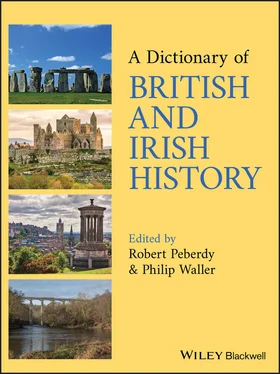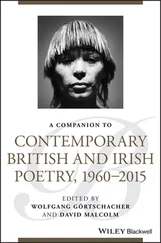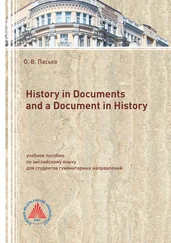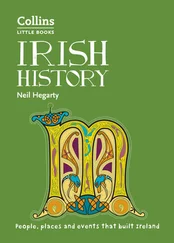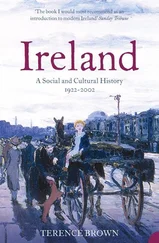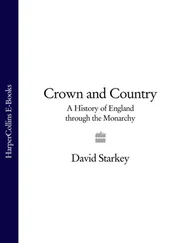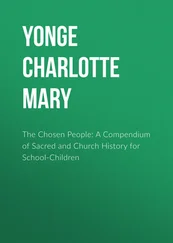In 1819 British commander William Smith made the first sighting of land S of 60° latitude (Feb.) and the first landing (Oct.), thereby discovering the South Shetland Islands. In Jan. 1820, while surveying, Smith and Edward Bransfield (of the Royal Navy) saw the Antarctic mainland (Antarctic Peninsula), just after a Russian expedition. A US crew probably made the first landing (1821). British sealer George Powell and an American discovered the South Orkney Islands (also 1821), and an expedition by whaler John Biscoe (1830–2) circumnavigated Antarctica. Sporadic later expeditions included those of James Ross (1839–43) and George Nares (1872–4).
More expeditions followed from the 1890s. The Southern Cross Expedition of Norwegian‐British explorer C.E. Borchgrevink (1898–1900) overwintered on the mainland. The National Antarctic Expedition under Robert Scott (1901–4) included inland journeys. The Scottish expedition of W.S. Bruce (1902–4) studied the Weddell Sea. Ernest Shackleton’s expedition (1907–9) included a journey to within 97 mi (155 km) of the South Pole. During another expedition (1910–12), Scott reached the Pole (17 Jan. 1912), but had been narrowly beaten by Norwegian Roald Amundsen. (Scott’s polar party died during the return journey.) Shackleton’s 1914–17 expedition failed. Scientific expeditions occurred in the 1920s–30s, and permanent stations were established from 1943. Vivian Fuchs made the first Antarctic crossing in 1957–8.
British exploration included claims to sovereignty and establishment of a British presence: see ANTARCTIC AND SOUTH ATLANTIC, BRITISH TERRITORIES.
ANTARCTIC AND SOUTH ATLANTIC, BRITISH TERRITORIES
Islands in the southern Atlantic Ocean were claimed for Great Britain in the mid 18th century: the FALKLAND ISLANDS in 1765 by Captain John Byron of the Royal Navy; South Georgia and the South Sandwich Islands in 1775 by Captain James COOK. Lands in the Southern Ocean were claimed in the early 19th century: the South Shetland Islands in 1819 by ship commander William Smith; the South Orkney Islands in 1821 by sealer and co‐discoverer George Powell. Graham’s Land (part of the Antarctic Peninsula) was claimed by ship commander John Biscoe in 1832.
The Falklands were constituted as a CROWN COLONY in 1841. Following inquiry from Norway, sovereignty over the other territories was reasserted in 1908, to facilitate regulation and taxation of whaling, and part of Antarctica also claimed. The lands became a crown colony known as the Falklands Islands Dependencies, administered from the Falklands. (The claim was modified in 1917, including extension of the Antarctica sector to the South Pole.) From the 1920s other countries asserted claims in Antarctica, some of which challenged the British claim. In 1959, the UK was a signatory to the Antarctic Treaty whereby claims were frozen and Antarctica reserved for peaceful uses (effective from 1961).
In 1962, the South Orkney Islands, South Shetland Islands and British Antarctica were separated as a colony called British Antarctic Territory. The Falklands, Falklands Dependencies (South Georgia, South Sandwich Islands) and British Antarctic Territory colonies were retitled ‘British dependent territories’ in 1983. The Falklands Dependencies became a separate dependent territory, with a constitution, in 1985 (called South Georgia and the South Sandwich Islands). ‘British dependent territories’ were renamed ‘British overseas territories’ in 2002.
ANTI‐CATHOLICISM, BRITAIN
Hostility to CATHOLICS grew from the late 16th century following the REFORMATION, grounded on horror of ‘popish cruelty’ (as experienced in England and Wales with burnings under Queen MARY I), rejection of doctrines (e.g., TRANSUBSTANTIATION), and fear of papal intervention (exemplified by the excommunication of ELIZABETH I, 1570) and Catholic countries.
Anti‐Catholic laws were passed for England and Wales until 1605, treating promotion of Catholicism as treason rather than heresy, and in the late 17th century ( see RECUSANCY, ENGLAND AND WALES). (Executions were by hanging rather than burning.) In Scotland from 1560, the saying and hearing of Mass were punishable; more anti‐Catholic laws and proclamations were issued into the 17th century, and extra disabilities imposed from the later 17th century (e.g., 1700, comprehensive anti‐popery Act barred inheritance of property). In the 18th century enforcement of some measures declined, and prohibitions were eventually removed, despite popular opposition, initially to legalize recruitment for the ARMY (Relief Acts for England and Wales 1778, 1791; for Scotland 1793).
Anti‐Catholicism was expressed notably in fears of Catholic coups or risings in the 1640s, during the POPISH PLOT and EXCLUSION CRISIS (1678–81), and in JACOBITE times (1689–1745); and also in riots (e.g., GORDON RIOTS, 1780; Stockport Riots, 1852; ‘Murphy Riots’ in various English towns, 1867–8, provoked by anti‐Catholic preacher William Murphy). It was strengthened by the seeming Romanism of RITUALISM in the Church of England (from 1840s). Anti‐Catholicism also excited political controversy (e.g., over MAYNOOTH GRANT, 1845). The establishment of a Catholic hierarchy in England and Wales (1850) was branded ‘papal aggression’, and provoked the Ecclesiastical Titles Act (1851) banning territorial titles (replaced 1871). Irish immigration made sectarianism significant in LIVERPOOL (from 1830s) and GLASGOW. Protestants associated Catholicism with authoritarianism, Protestantism with liberty. Although anti‐Catholicism declined in the 20th century, it remained pronounced in parts of Scotland in the 21st century. See also CATHOLIC EMANCIPATION, IMPACT ON BRITISH POLITICS.
ANTI‐CATHOLIC LEGISLATION, ENGLAND, SCOTLAND AND WALESsee RECUSANCY, ENGLAND AND WALES; ANTI‐CATHOLICISM, BRITAIN ANTI‐CATHOLIC LEGISLATION, IRELAND, 1691 TO 1740s
After Catholic forces were defeated in the WILLIAMITE WAR (1688–91), laws were passed (some violating the treaty of LIMERICK) which denied Catholics political power, minimized their threat to the State, and stifled the Catholic Church. They helped to secure the PROTESTANT ASCENDANCY, i.e., the domination of Ireland by Protestant (Church of Ireland) landed and professional families, which lasted formally until 1800.
Catholics were excluded from the Irish House of Commons by England's Parliament; from Dec. 1691 it required members to repudiate Catholic doctrines and the Pope's claimed power to depose a monarch. (The terms were also applied to public offices.) But qualified Catholics could continue to vote in elections.
From 1695 the Irish Parliament passed anti‐Catholic Acts, known as ‘Popery Laws' or ‘Penal Laws'. The Disarming Act (1695) forbade Catholics to keep weapons or a horse worth more than £5. The Education Act (1695) prohibited Catholics from keeping or teaching in schools. The BANISHMENT ACT (1697) banned bishops and religious orders. The Act to Prevent the Growth of Popery (or ‘Popery Act’, 1704) prohibited Catholics from buying land or from leasing it for more than 31 years. It also imposed partible inheritance (division of land between sons) unless the eldest conformed to the Church of Ireland. An Act of 1709 required Catholic clergy to take an oath of abjuration (denying the Stuart claim to the throne); it was largely ineffective. Catholic peers were excluded from the House of Lords in 1716, and the few remaining Catholic voters lost their franchise in 1729. Later legislation banned Catholic lawyers from practising at the Irish bar (1733) and disallowed ‘mixed marriages' (1745). Land legislation was strictly enforced, other Acts less so.
The last attempt at major legislation took place in 1748 (defeated in Lords). From the 1750s Catholic groups organized campaigns against restrictions. See also CATHOLIC RELIEF AND EMANCIPATION, IRELAND.
Читать дальше
